Sea Purslane is found worldwide along tropical coastlines. Close to where I live on Maui, it grows wild and is a free, nutritious vegetable for foragers and adventuresome hikers.
Its naturally salty taste and juicy crunch make it sensational in sweet mango salsa with my vegan soft tacos.
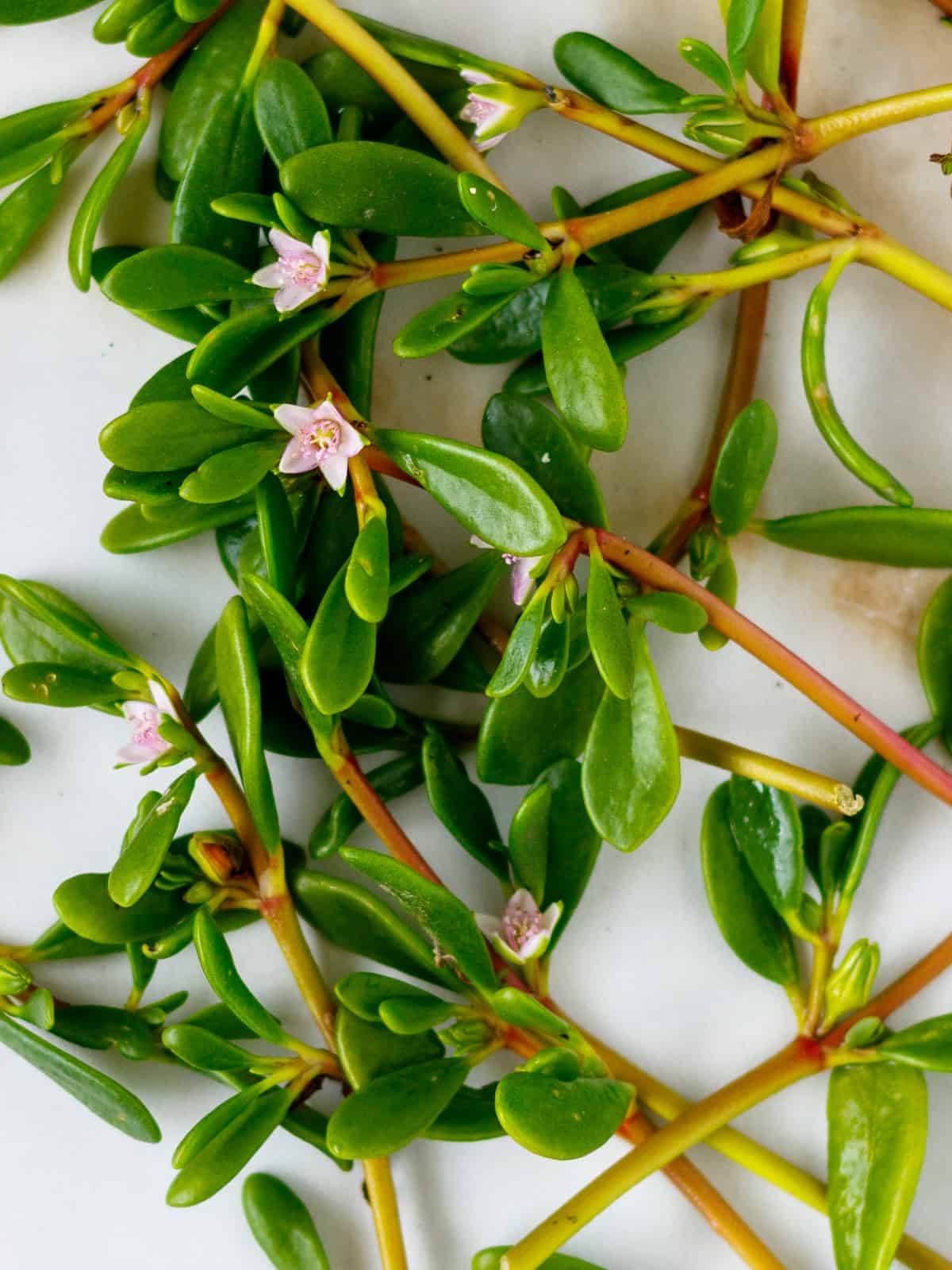
Jump to:
🌿 Botanical
- FAMILY: Aizoceae
- GENUS: Sesuvium
- SPECIES: Potulacastrum
- TYPE: perennial herb
- NATIVE: Hawaii, Asia, Australia, Africa, Americas
- DISTRIBUTION: tropical coastlines
📋 Common names
- HAWAIIAN - akulikuli
- ENGLISH - sea purslane, seaside purslane, shoreline purslane, salty nibble, cenicilla
- INTERNATIONAL - dampalit, dhapa, orputu, vangaredukura
🏝 Indigenous to Hawaii
Our local purslane species, portulacastrum, is indigenous to Hawaii, and its remarkable tolerance to wind, drought, and salt makes it an enduring groundcover.
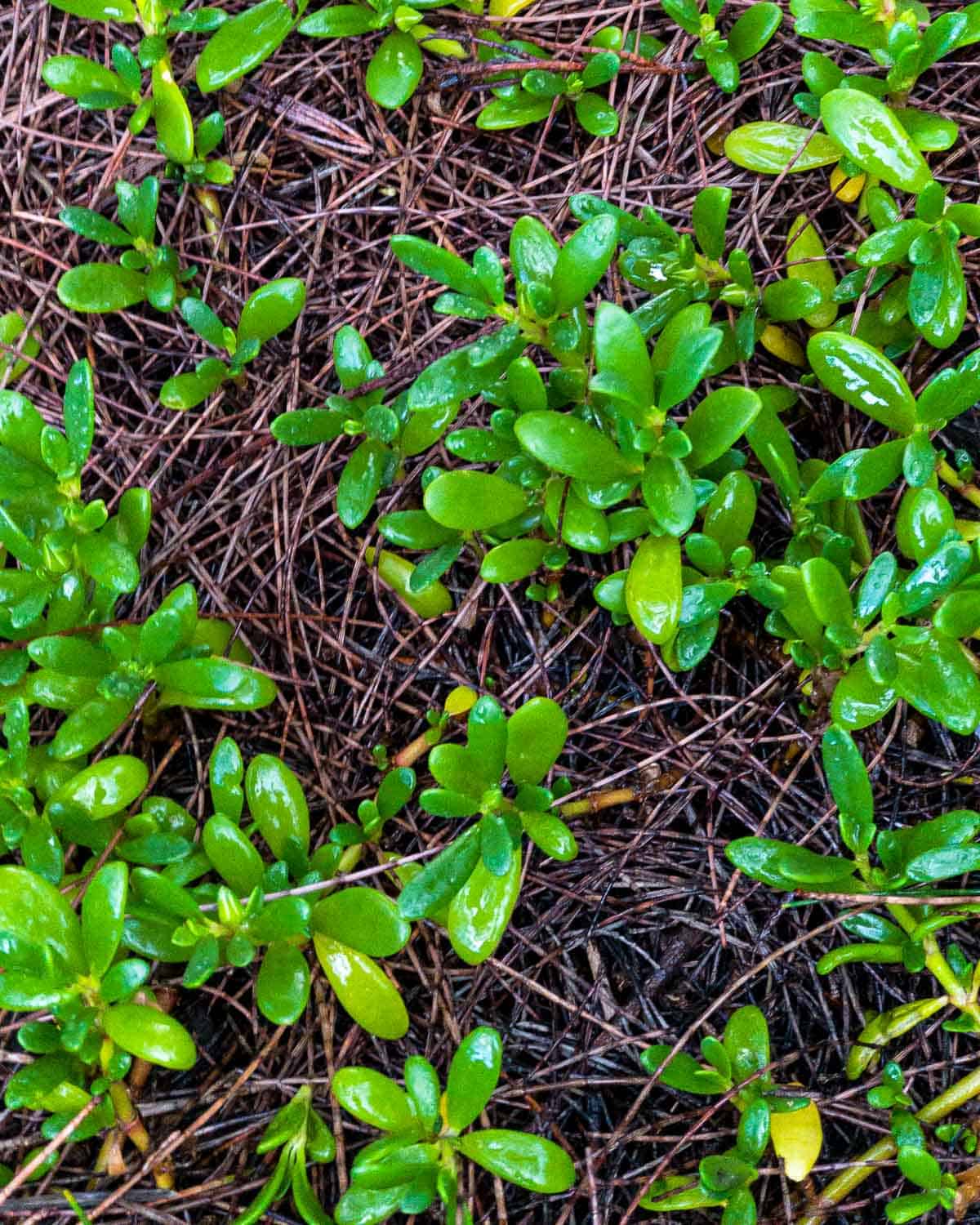
It thrives in the springtime, and during hotter months on West Maui, it appreciates the shade of ironwood trees. Here you can see it growing over a carpet of ironwood needles.
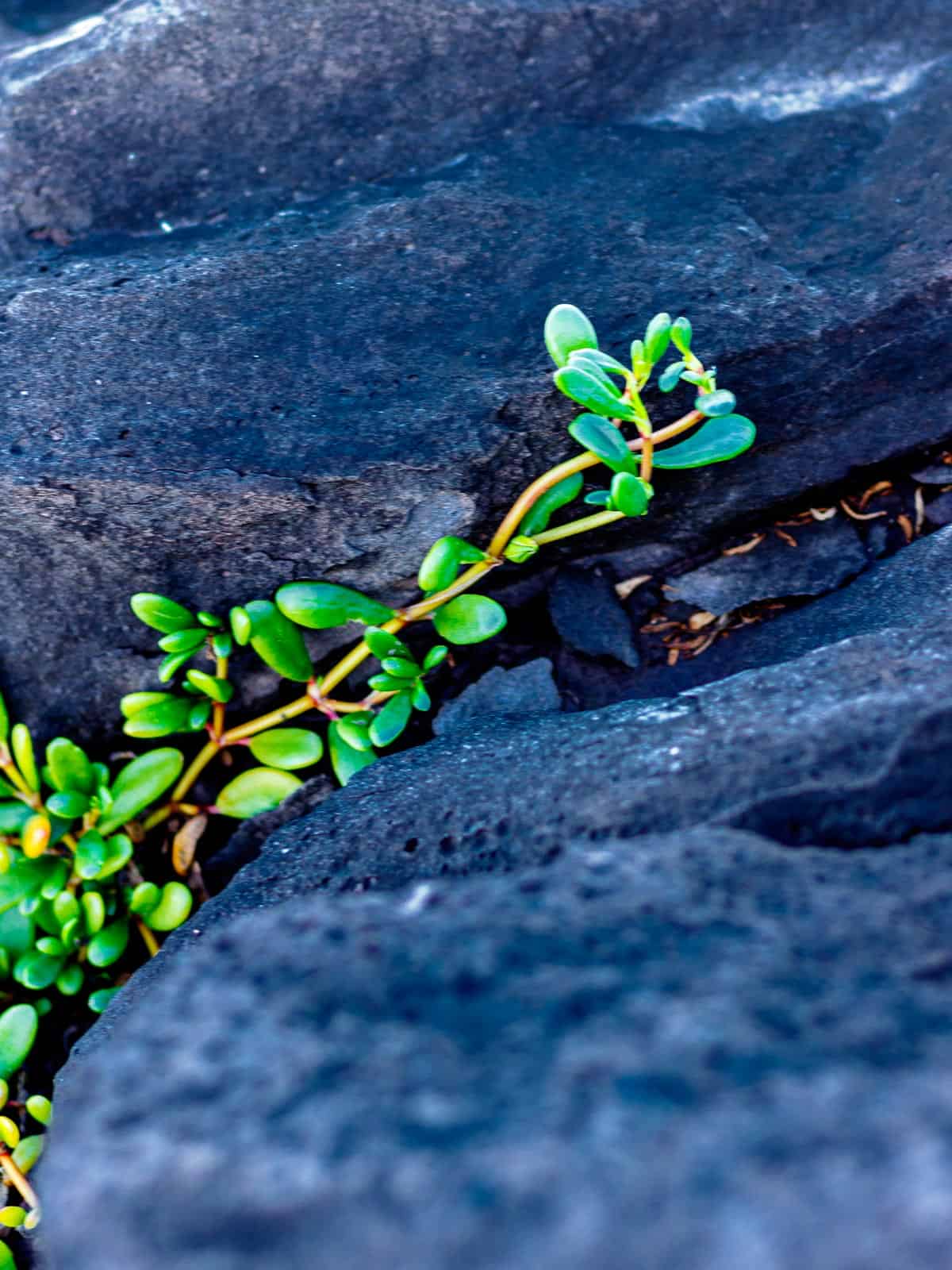
I especially love how sea purslane hugs and meanders over the windy high cliffs at the ocean's edge. The striking contrast it makes to black lava rock, with its nubby vivid blanket, is beautiful.
🍃 Leaves
Purslane leaves are a bright green color. At times of stress, their growth is dwarfed, and they can show red like their stems. However, the leaves grow up to 2 inches long when purslane is prime.
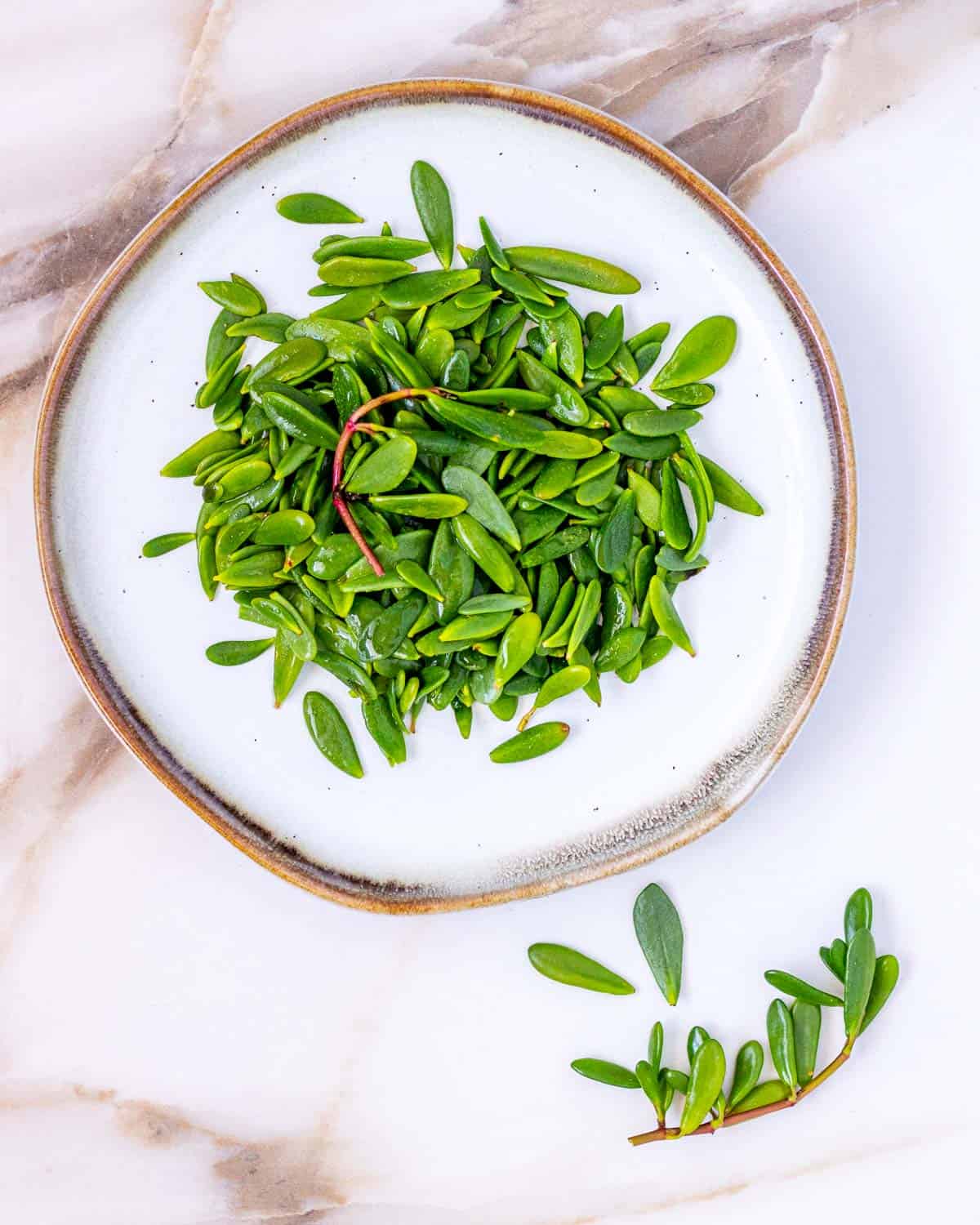
The leaves are the best-eating part of this wild edible that belongs to the fig-marigold and ice plant family. Whether they are small or larger, healthy fresh purslane foliage is crisp, juicy, and aptly called succulent.
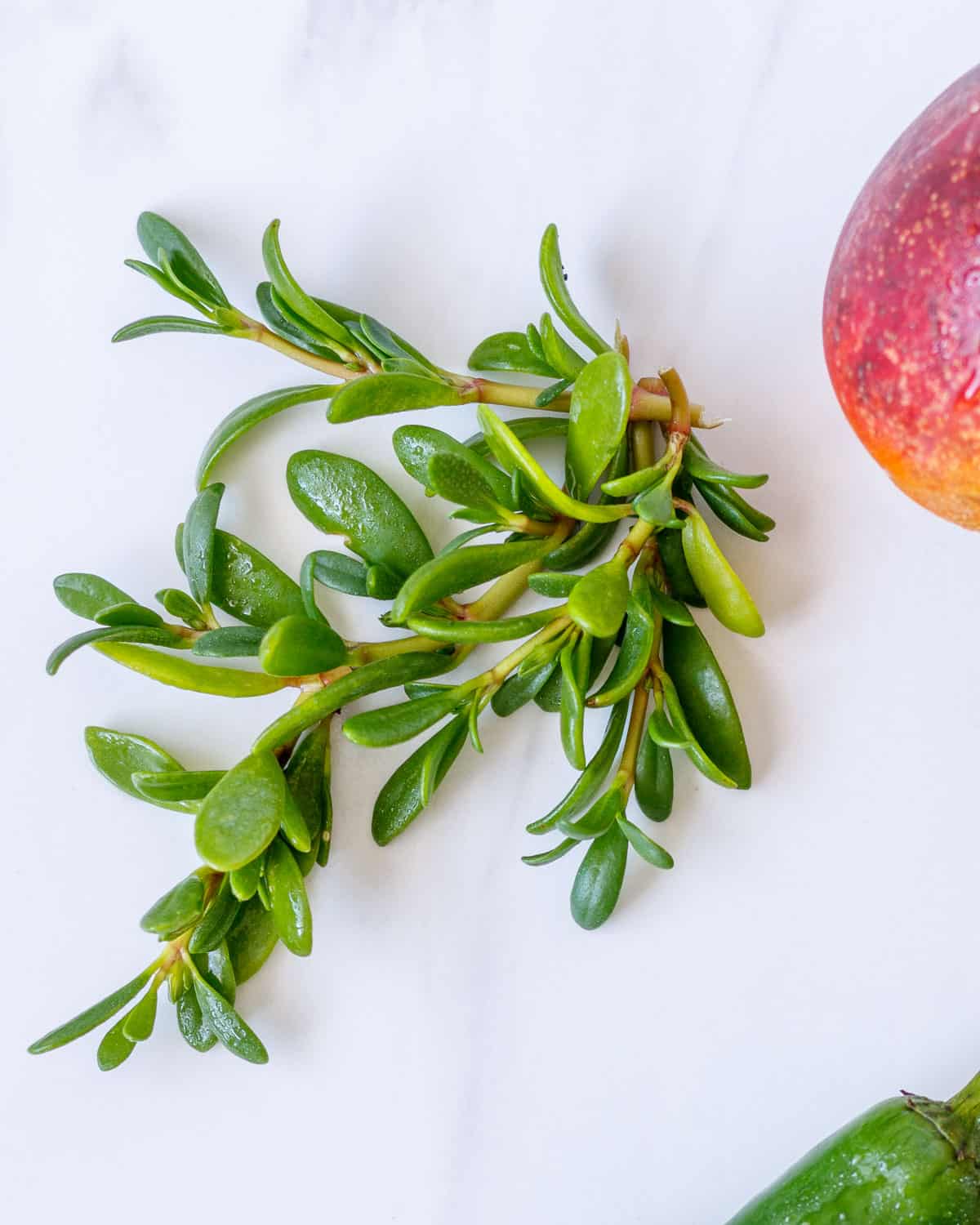
I think it's incredible how sea purslane naturally adds salt to any recipe it's made with. Because the balance of flavors is key in any dish, purslane has an edge in bringing its own seasoning.
🦆 Benefits animals and the environment
Not only is sea purslane an edible and vigorous ornamental, but it has unique qualities that benefit animals and the environment.
For example, sea purslane has been used for restoration in the North-Western Hawaiian Island chain.
In 2014 conservationists planted cuttings in a particular area on Kure Atoll. They did this to support a small endemic duck population.
The threatened birds were Laysan ducks, one of the rarest waterfowl in the United States.
However, scientists knew planting indigenous purslane would provide a foraging habitat for the endangered ducks. Most importantly, it would cleanse heavy metals from the birds’ water source.
Because sea purslane can live in marshy areas, it provided an answer to the pollution left by previous Coast Guard activity.
In only one year, the endangered Laysan duck population was making a comeback.
🥕 Nutrition
Likewise, a fascinating piece of history describes sea purslane’s food value to people.
During World War II, there was a manual called “Emergency Food Plants and Poisonous Plants of the Islands of the Pacific.” The War Department listed seaside purslane in the manual.
The government only recommended a few feral plants as survival food. They included instructions for collecting wild sea purslane in the survival guide. Thus, a soldier knew how to identify and cook it if he was separated from his unit.
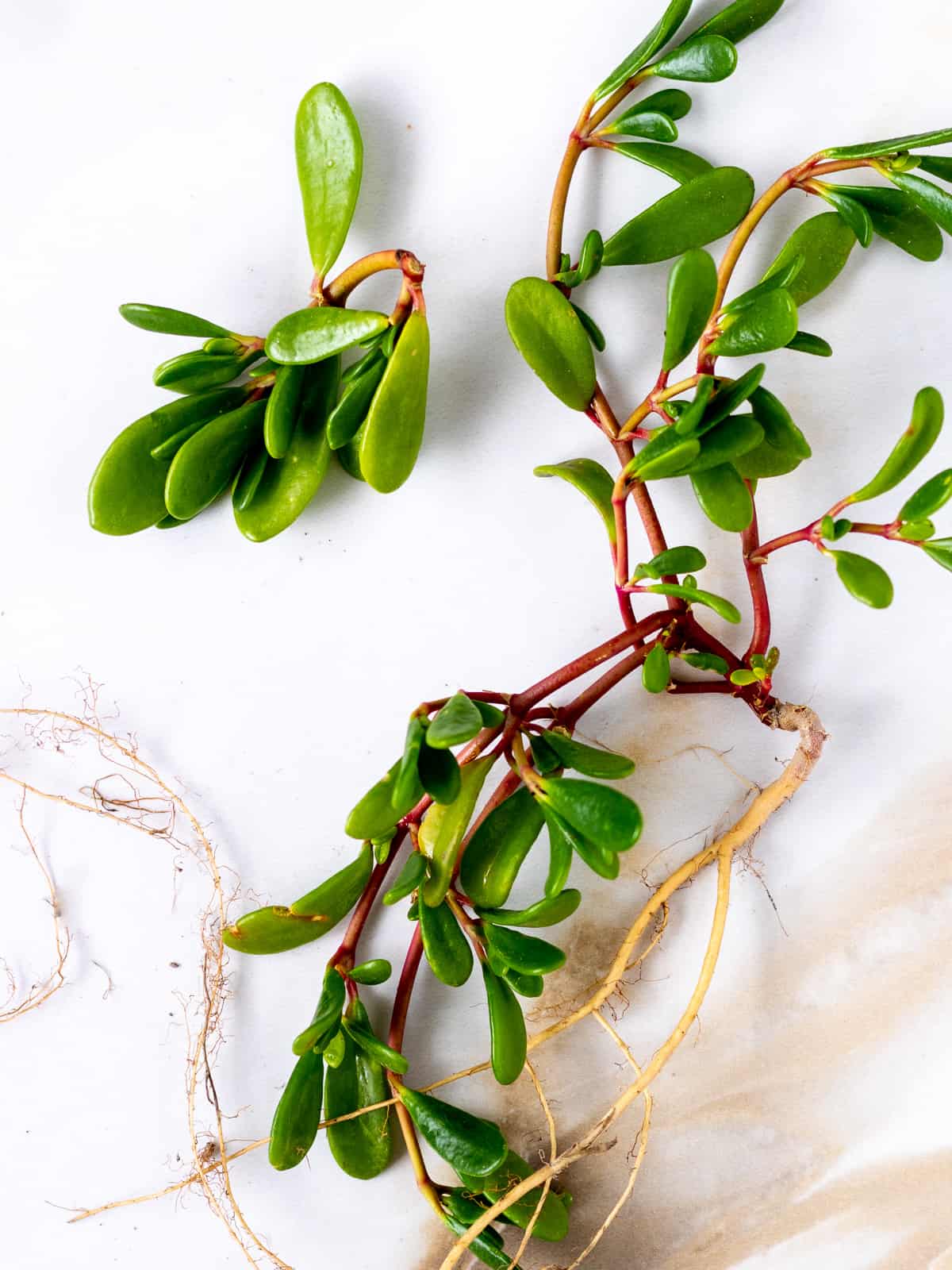
❄️ Colder climates
Do you wonder how people prepare and eat sea purslane these days? I came across some surprising information while looking for ways to eat wild purslane.
Interestingly, I found references to foraging and recipes from England and Ireland. Now wait, you might be thinking, just as I did. England does not have a tropical climate. And you are exactly right.
It turns out that varied species living outside the tropical zone resemble sesuvium portulacastrum both in appearance and flavor.
🌎 Lookalikes
In California, you can find sesuvium verrucosum, sometimes called Western sea purslane. It looks similar to the Hawaiian species of purslane but has smaller leaves and flowers than akulikuli.
To my eye, the flowers are a darker shade than what we see here on Maui. Plus, the foilage is duller and less attractive overall.
However, in England, not only does sea purslane belong to a different species than tropical portulacastrum, but it also belongs to a different plant family, that of amaranth. Isn’t that amazing?
I find it remarkable that plants from the fig-marigold and amaranth families can resemble each other so much. If you harvest sea purslane in chilly old England, it's bound to be halimione portulacoides.
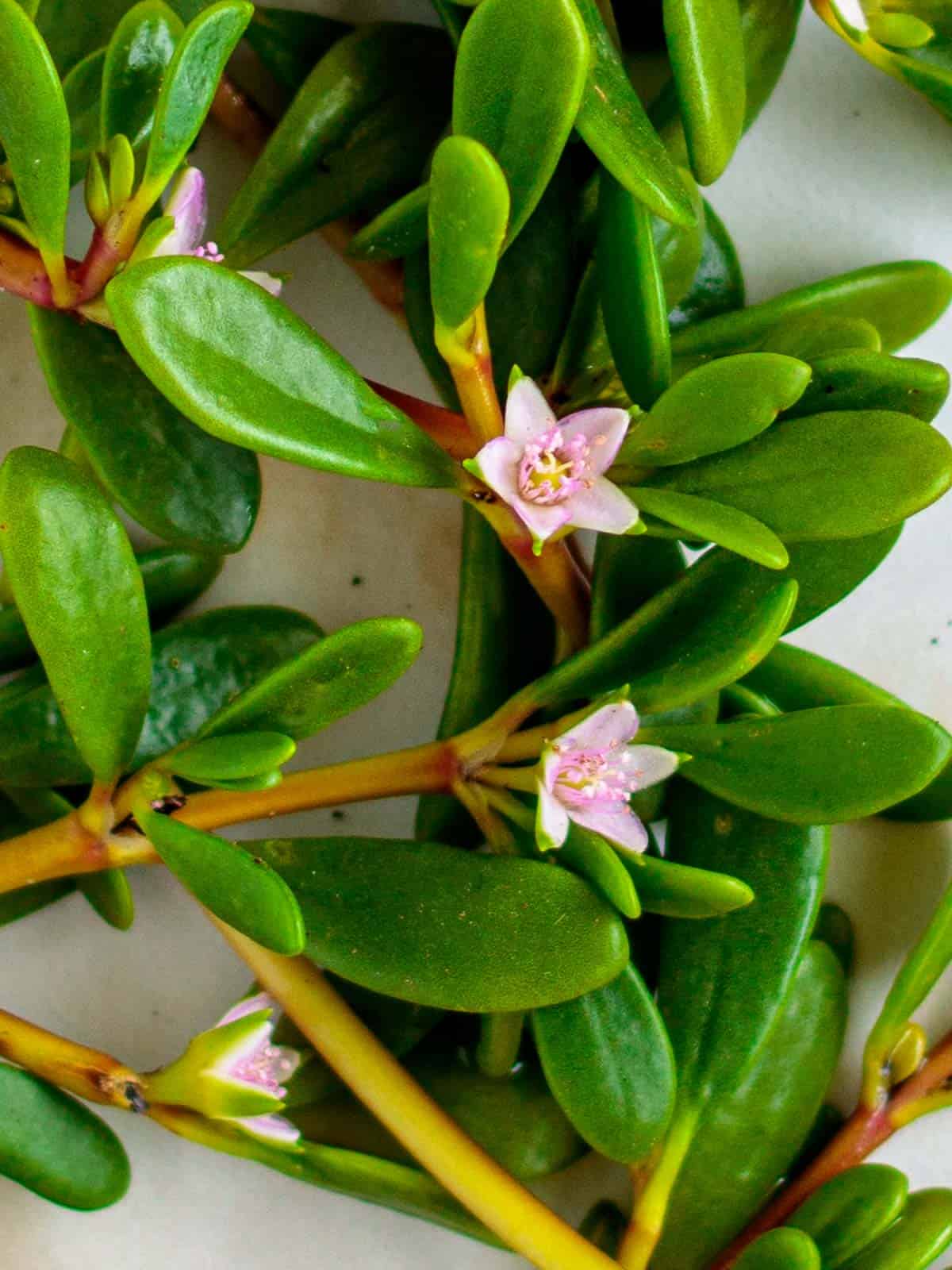
Would you like to know how to tell akulikuli and Western purslane from the shoreline purslane found in England? In this case, there is an easy way. Just look for singular pinkish to purple flowers on sea purslane growing in the tropics and Americas.
Then look for clusters of yellowish flowers on the similar-looking sea purslane enjoyed in England and Ireland.
With your curiosity satisfied, you can enjoy any of the salty plants referred to as sea purslane in the recipes below.
👩🏼⚕️ Safety
Always be one hundred percent sure of your plant identification if consuming foraged or wild plants. Finally, follow your doctor's advice when eating new or unfamiliar plants, especially if you are pregnant or taking any medications.
🍲 Wild sea purslane recipes
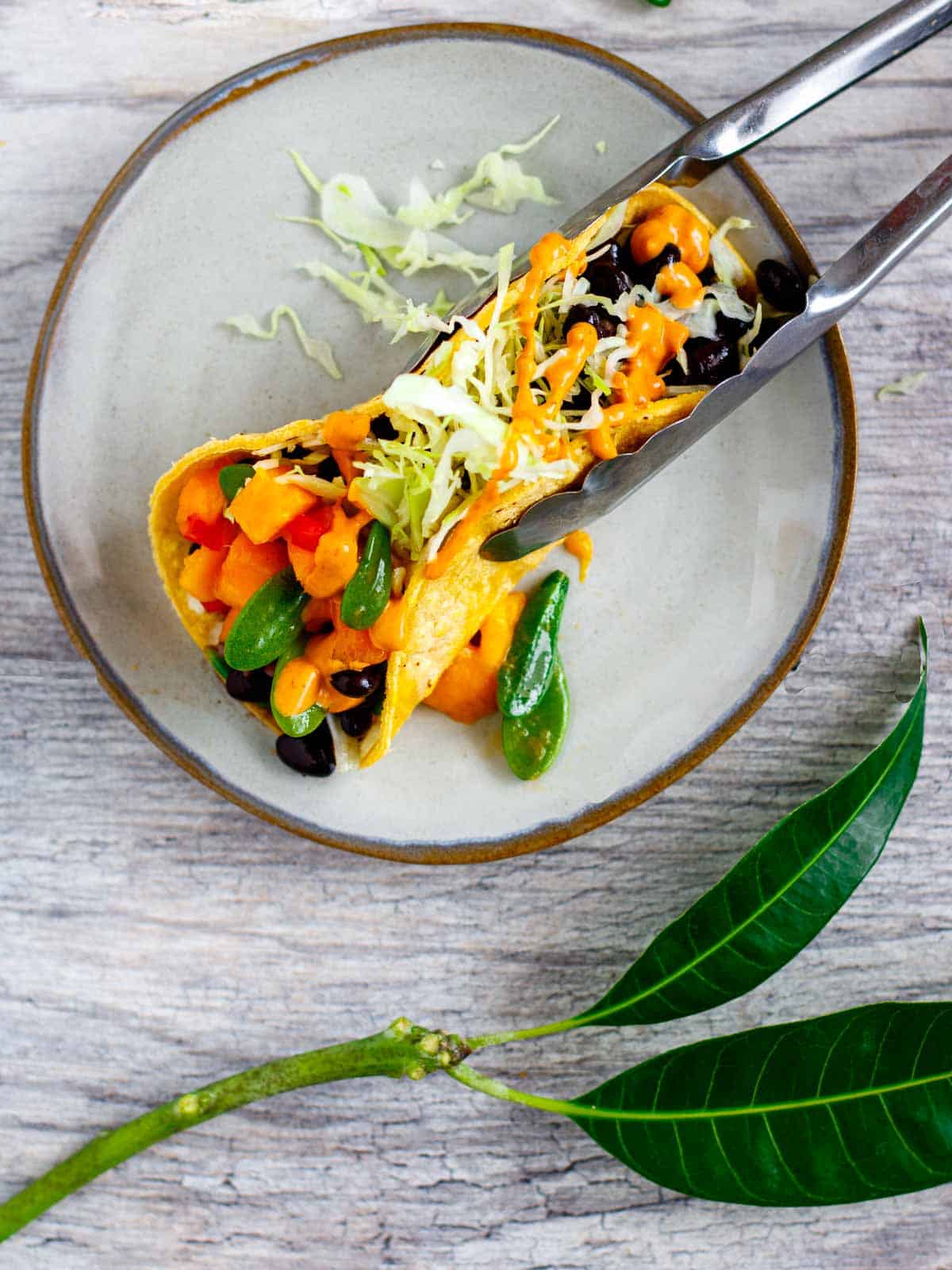
Not Fish Tacos With Mango Salsa
🌿 More Maui tropical plants
Enjoyed this post? Leave a comment, rate ⭐⭐⭐⭐⭐ it, and follow @poppyswildkitchen on Instagram. Aloha!

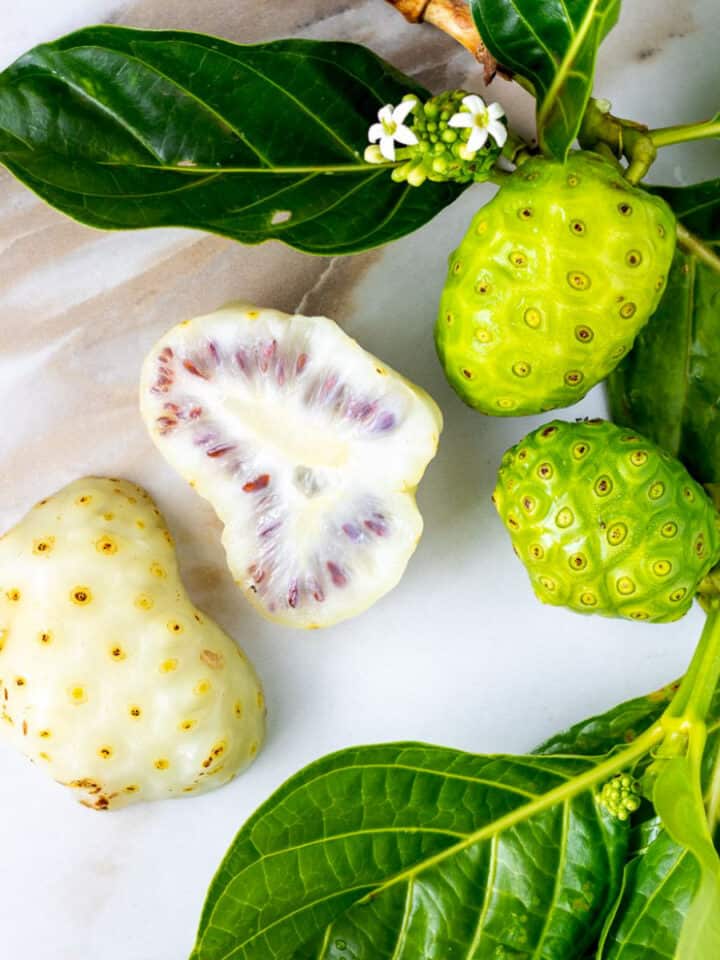
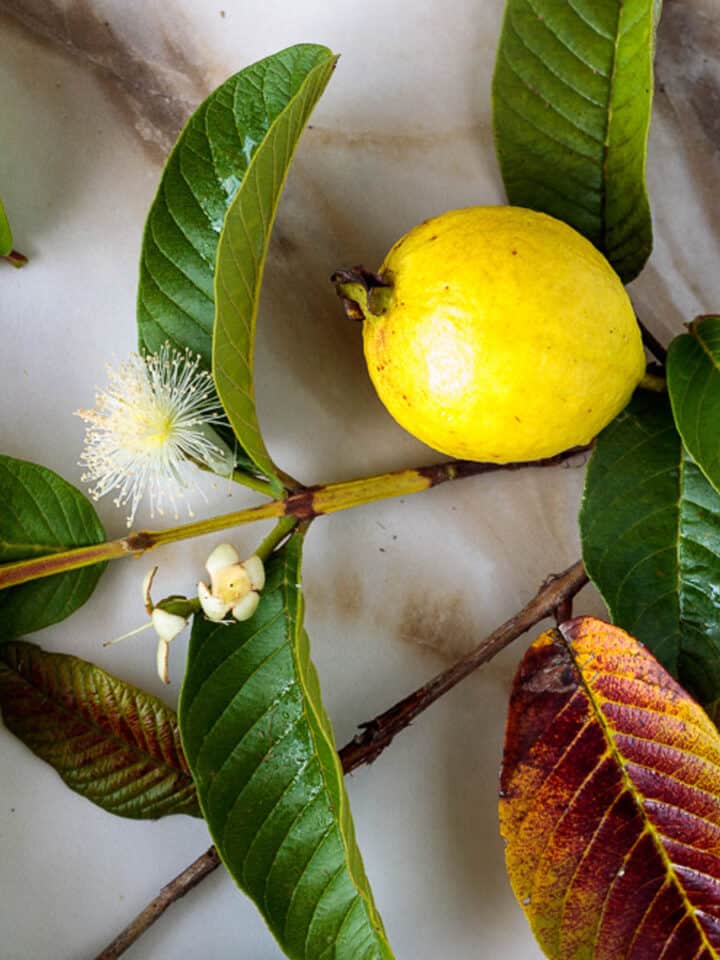
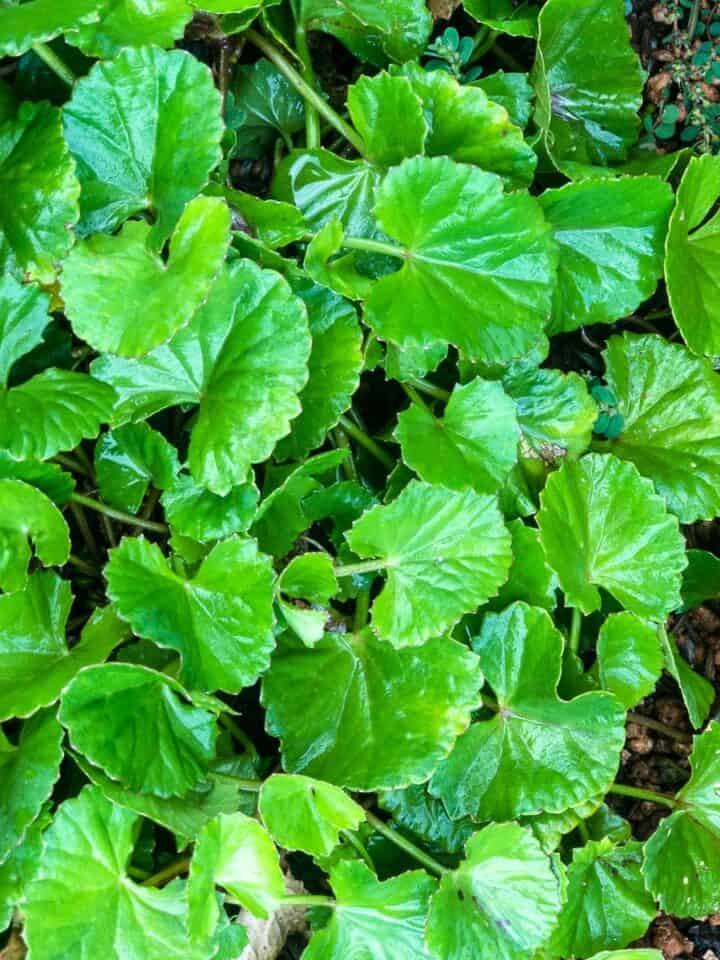
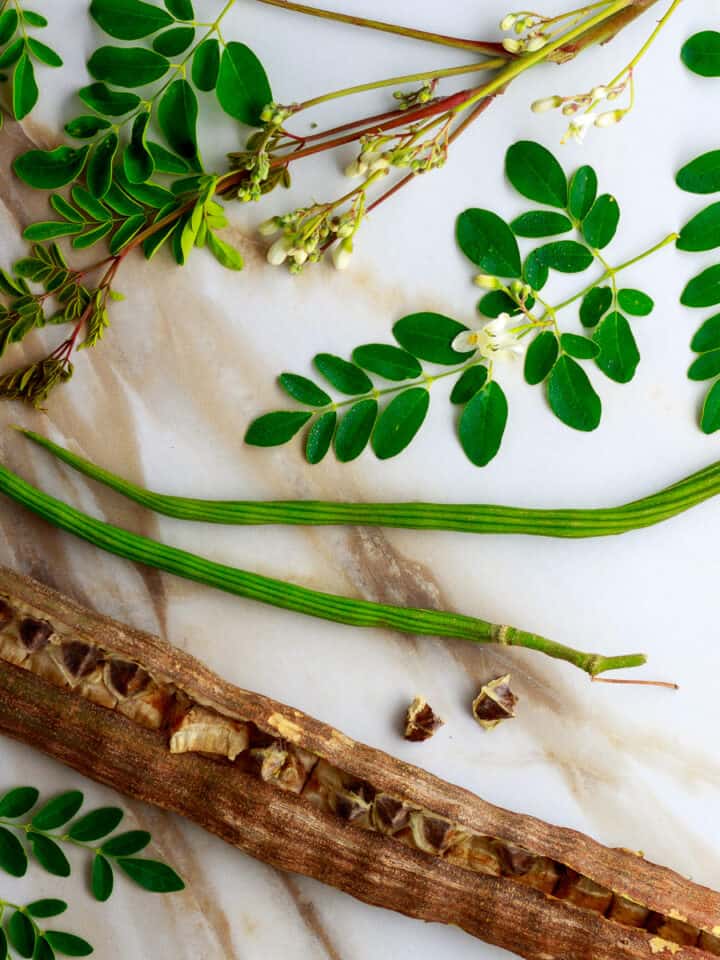
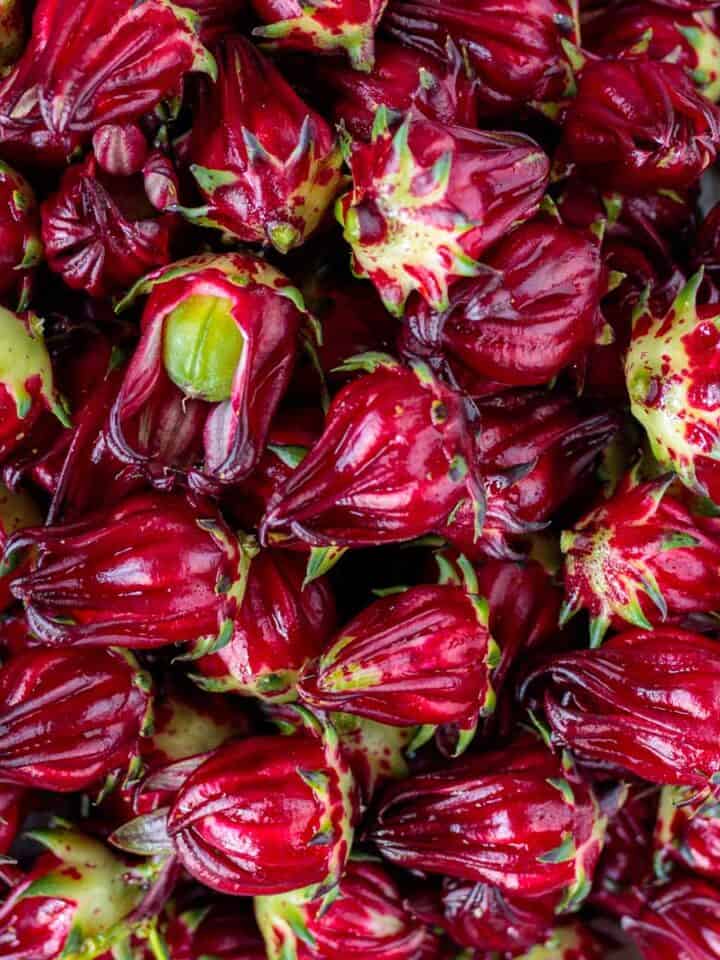
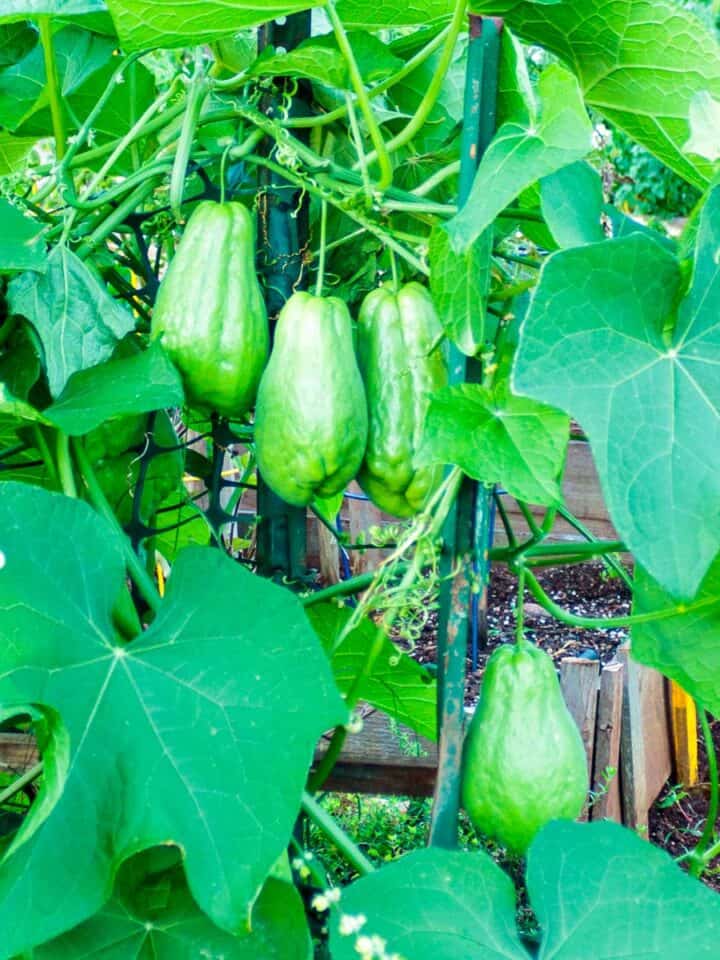
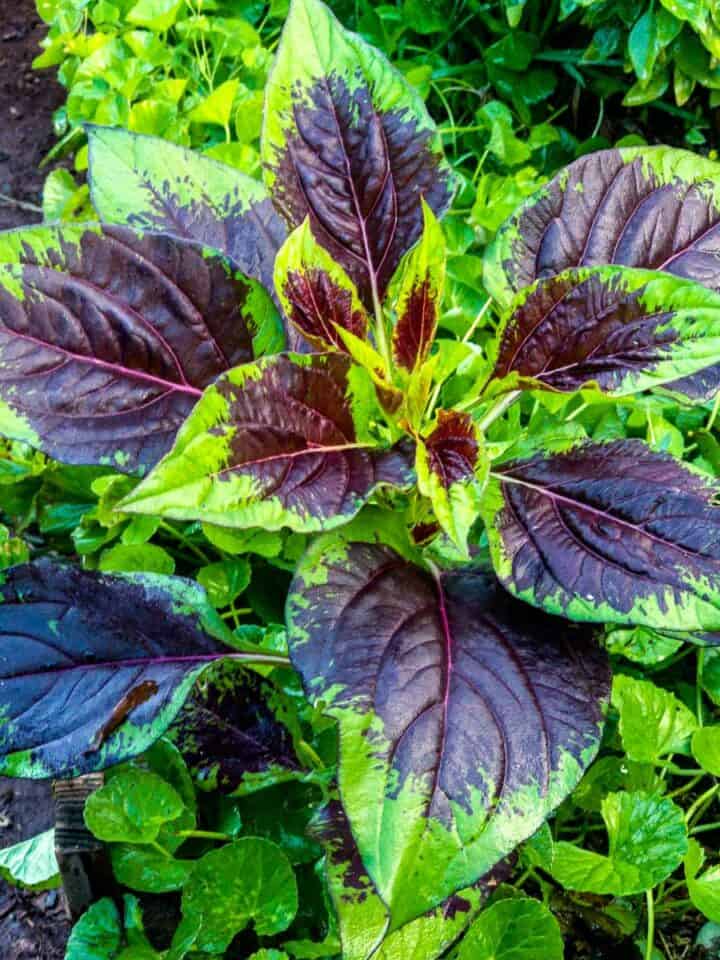
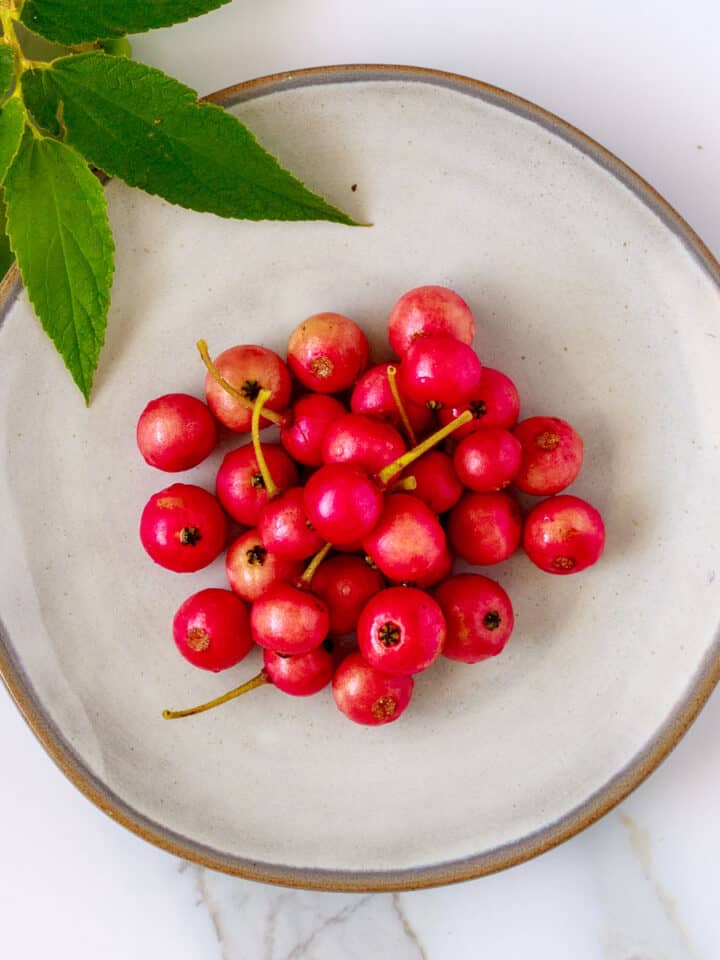
"Share Your Thoughts"